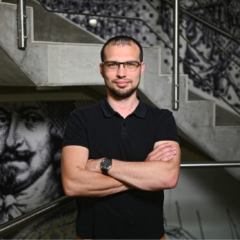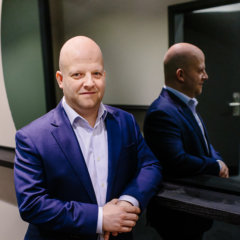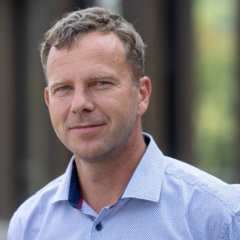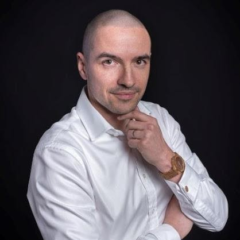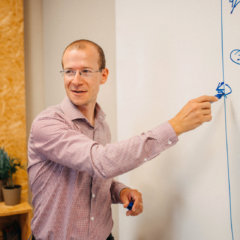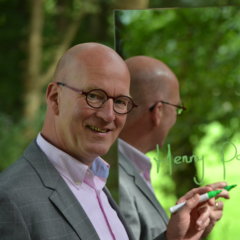
Henny Portman
Owner of Portman PM(O) Consultancy
Portman PM(O) Consultancy
Henny is the owner of Portman PM(O) Consultancy, he was a partner of HWP Consulting and has forty years of experience in project management. He trains, coaches and manages program managers, project and portfolio managers and sponsors of all levels and has built several professional PM(O) communities. He is an international speaker, author of many articles and books in the field of PM(O) and writes his own blog hennyportman.wordpress.com.
Henny, can you describe yourself in terms of your professional role?
I always answer this question by saying that I am an old guy with a huge passion for program, project and portfolio management with almost forty years of experience in these fields. I worked as a PMO in the NN Group where I was responsible for implementing PMO methodologies and applications. I am currently the owner of PM(O) Consultancy which focuses on helping companies achieve their business goals by improving their project management. I am actively involved in training and coaching together with friends I have met on business trips all over the world.
The theme of the 13th year of the Conference is “Tips & Tricks”. What are the main ideas you will want to talk about?
In my lecture I will focus on agile transformation and try to clarify several reasons why agile transformations often fail. I will talk about how important a properly set mindset is for the agile transformation and agile functioning of a company in general. I will outline specific tips & tricks that lead to the optimal setting of an agile company.
How would you describe a person marked as Experienced Professional or working with know-how and skill?
I imagine a person who really knows what they are talking about and has a lot of life experience. For professionals in senior positions it means thousands of hours of experience. In addition, they actively educate themselves, read books and take all kinds of training and certification courses.






